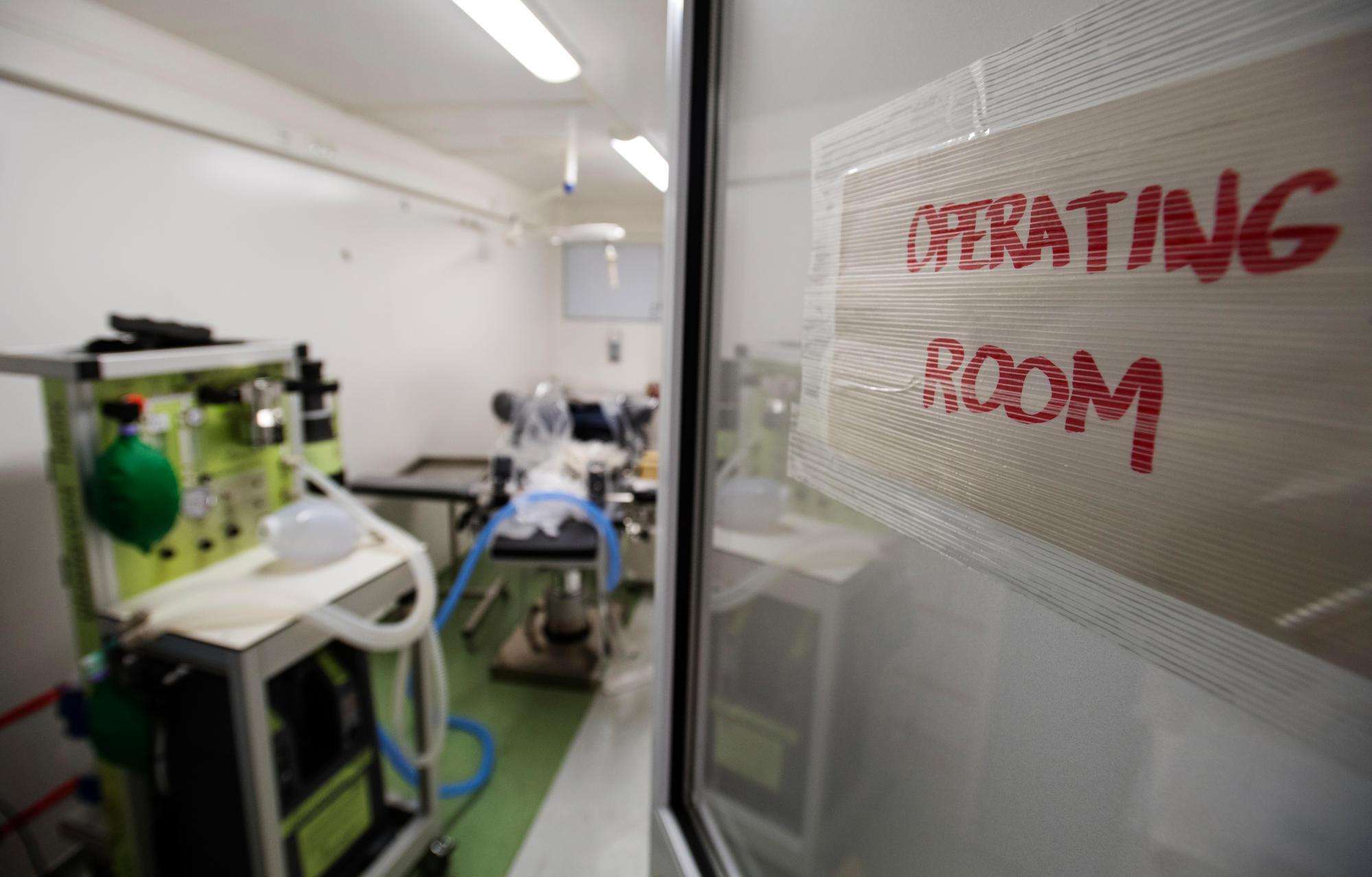As fighting flared in Mosul, Iraq, in late 2016, MSF project coordinator Arnaud Badinier was asked if he could build a mobile surgical facility that could move quickly with the shifting front lines. He had two weeks to come up with the design. Working with a team that included two other experienced logisticians and a nurse, they designed the MUST—a Mobile Unit Surgical Trailer.
Within months, the MUST was built and deployed to a village just south of Mosul, making it the closest surgical facility to the front line. The first patients were treated on February 16, 2017. The mobile unit gives MSF staff the flexibility to quickly reach people in need of lifesaving trauma surgery while ensuring hygienic, temperature controlled conditions in war zones and places hit by natural disasters.
The MUST was designed to be an operating theater onwheels, said Badinier. “The benefit of this project is the mobility. It’s easier to reach patients in really complex situations, and that gives the team the ability to deploy a full set of tools quickly and efficiently.”
The MUST deployed in Mosul comprised five trailers containing tents and other supplies—including modules that serve as operating theaters, intensive care units, pharmacies, and storage containers. These elements form a medical complex that offers emergency triage, surgery, and general medical care. Getting the space ready to treat patients takes less than three hours.
This innovative design enables staff to mobilize quickly. Teams can evacuate if security becomes a concern and then return to an area without having to spend hours or days unpacking and setting up facilities. “The MUST gives MSF the flexibility and capacity to work close to the front line in a conflict area. In emergency situations, it’s really important to be as close and flexible as possible,” said Anne Khoudiacoff, MSF’s tactical referent for emergency response.
Based on feedback from staff in Mosul, MSF adapted the design and has now made the MUST2, a 16-module unit. The MUST2, currently waiting to be sent to the field, has much greater capacity—with expanded spaces to give doctors more room to operate and more trailers to double the number of operating theaters and intensive care units. Additionally, the MUST2 is designed in a way that makes it easier to keep the facilities as clean as possible and reduce the spread of infections. The modules themselves are wider, and internal corridors connects the spaces between trailers to improve the flow of care.
The MUSTs can be attached to existing hospitals or MSF projects, or stand alone. Either way, staff are in communication with the closest hospitals in the region to determine where patients can be sent if they need longer-term care.
“We are not changing how we provide care. We have the same equipment and provide the same health care. We are only changing how we go to the field to provide that same quality care regardless of the environment around us,” said Olivier Delbauve, project coordinator for the 16-module MUST2. “Now we can be completely autonomous. Now MSF is able to reach patients everywhere in the world—by road, by boat, by air.”





